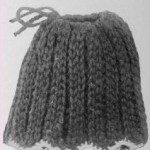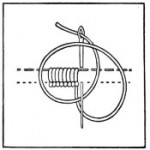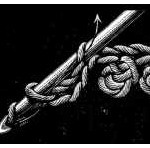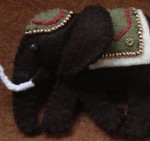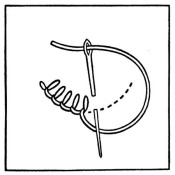 The blanket stitch is often sewn on the edge of a blanket or other fabric to help prevent unraveling.
The blanket stitch is often sewn on the edge of a blanket or other fabric to help prevent unraveling.
Blanket stitching is also often used by crocheters as a base to make a crochet fringe upon. When making the first row of crochet, hold the fabric in your hand as if it was a completed row of crochet. Instead of inserting the hook into the two loops from the previous row’s stitch, you will insert the hook into each loop of blanket stitch.
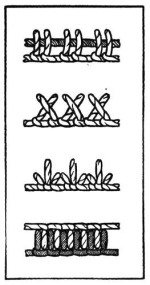 As the example shows, the blanket stitch is not limited to edging and makes an attractive embroidery stitch to outline shapes and form designs.
As the example shows, the blanket stitch is not limited to edging and makes an attractive embroidery stitch to outline shapes and form designs.
By varying the stitch lengths, direction or closeness, different patterns and effects can be created with the blanket stitch to create a more visually appealing piece.
The blanket stitch examples on the right are only a scant few examples of how the same basic stitch can be modified to create a very dramatic effect on an embroidered piece or blanket edge. The forth example was created by sewing a row of blanket stitches “right-side-up”, changing thread and sewing a row of blanket stitches “up-side-down”.
You might also want to check out our tutorial on How To Do Button Hole Stitch, a stitch constructed with the same basic techniques but with many more uses.
